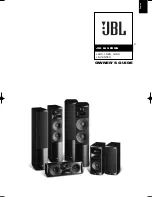
19
4.3 Testing the Detector
It is vital that the detector is tested carefully for each installation. Placing the
unit into test mode is the best way of checking the detector. At 25°Celsius, the
detector should have a detection range of approximately 10 metres and a
scope angle of 90°, i.e. 45° either side of the centre position straight ahead of
the lens.
4.3.1 Test Mode
Test mode, as its name implies, is used for testing the detection range and
testing the radio transmission back to the receiver. To place the detector in
test mode do the following:
•
Remove the front cover.
•
The green and red lights will flash together, 6 times, to indicate that the
detector has entered test mode.
•
Replace the front cover.
•
The detector will stay in test mode for 3 minutes.
•
The green and red lights will flash together, 6 times, to indicate that the
detector is exiting test mode.
During test mode the detector will flash the green light when you move into an
infrared beam zone or move out of the other side of that infrared beam zone
(see section 4.3 for more information on how the sensor detects movement).
Each time the green light flashes this is called a pulse.
If the detector is set to 2 pulse counts (most sensitive) then the red light will
flash if there are 2 green flashes within 10 seconds. If the detector is set to 3
pulse counts (least sensitive) then the red light will flash if there are 3 green
flashes within 10 seconds.
The red light turning on indicates that the detector has sensed valid movement
and that the alarm code signal has been sent to the receiver.







































